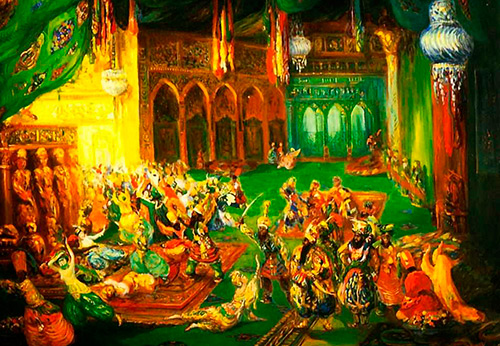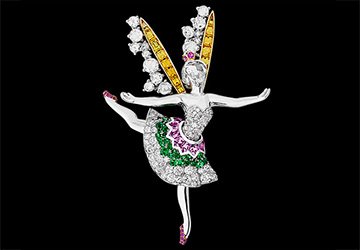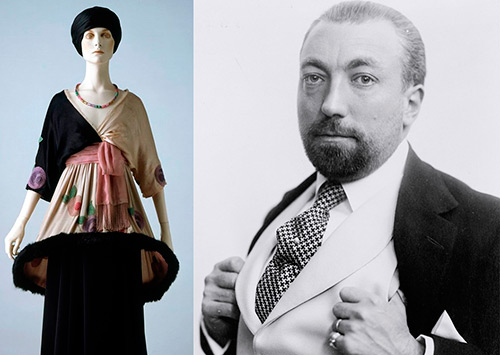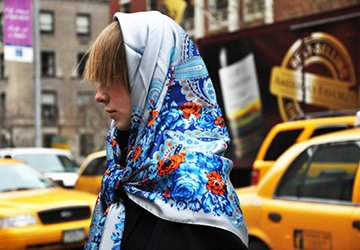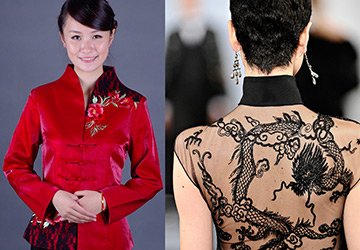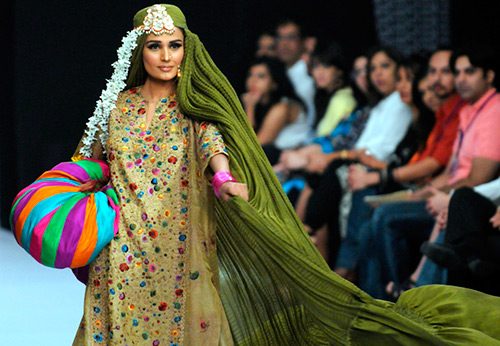Art
Diaghilev's Russian ballet and fashion
A little more than a hundred years ago, Paris and all of Europe were stunned by the bright colors, beauty and, of course, the talent of the Russian Ballet actors. “Russian seasons”, as they were also called, remained an unrivaled event in Paris for several years. It was during this time that the performing arts had such a big impact on fashion.
Costumes made according to sketches by Bakst, Goncharova, Benoit and many other artists, their decorations were distinguished by brightness and originality. This led to an explosion of creative enthusiasm in the creation of luxurious fabrics and costumes, and even determined the further lifestyle. Eastern luxury swept the entire fashion world, transparent, smoky and richly embroidered fabrics, turbans, egrets, feathers, oriental flowers, ornaments, shawls, fans, umbrellas - all this was embodied in the fashionable images of the pre-war period.
Russian Ballet literally sparked a revolution in fashion. Could the blatant nakedness of Mata Harry or the barely veiled Isadora Duncan compare with the fantastic costumes of the Russian ballet? The performances literally shook the whole of Paris, for which a new world was opened.
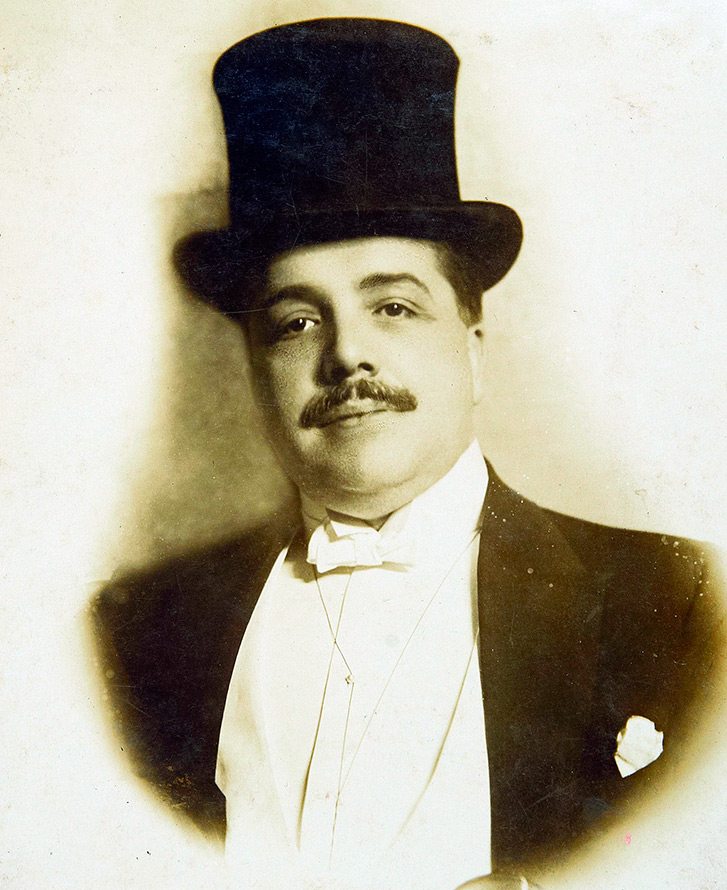
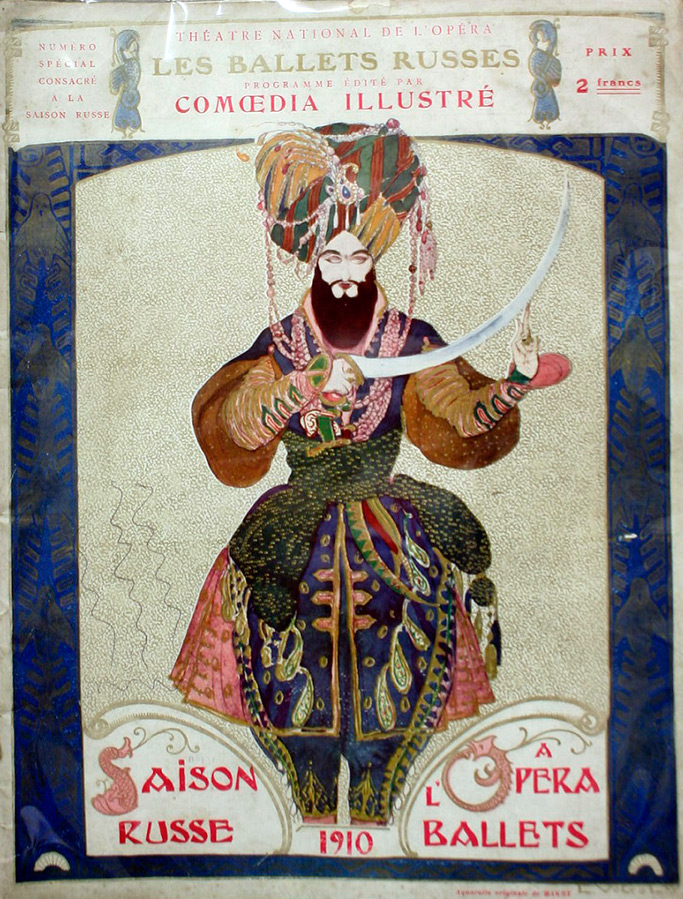
Helena Rubinstein, the queen of cosmetics of that time, all her life recalled the performances of the Russian Ballet, after visiting which one day, barely returning home, she changed all the decoration of her house to bright shiny colors. The ingenious impresario S. Diaghilev defined the lifestyle of Parisian society. The fireworks of the Russian Ballet on stage inspired the famous Paul Poiret to create bright colorful clothes. Eastern exoticism and luxury was reflected in the dances of that time, which primarily include tango.
Sergei Diaghilev, a former publisher of the World of Art magazine in Russia, on the eve of the revolutionary events of 1905, founded a new theater company, which included artists Lev Bakst, Alexander Benois, Nicholas Roerich, composer Igor Stravinsky, ballerinas Anna Pavlova, Tamara Karsavina, dancer Vaclav Nijinsky and choreographer Mikhail Fokin.
Then they were joined by many other talented artists and dancers, who were united by S. Diaghilev's ability to see and find these talents and, of course, love for art. S. Diaghilev's numerous connections with the commercial and artistic world helped to organize a new troupe, which became famous under the name "Russian Ballets".
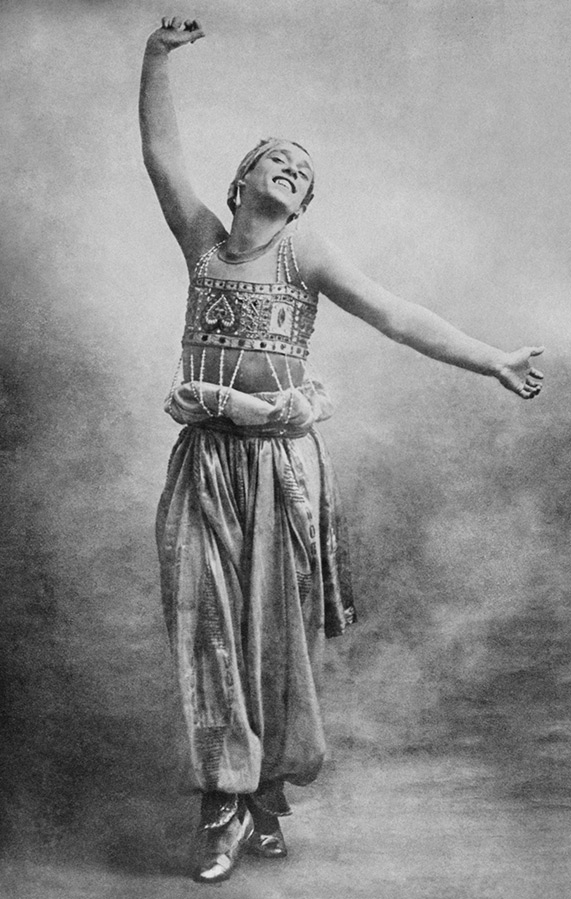
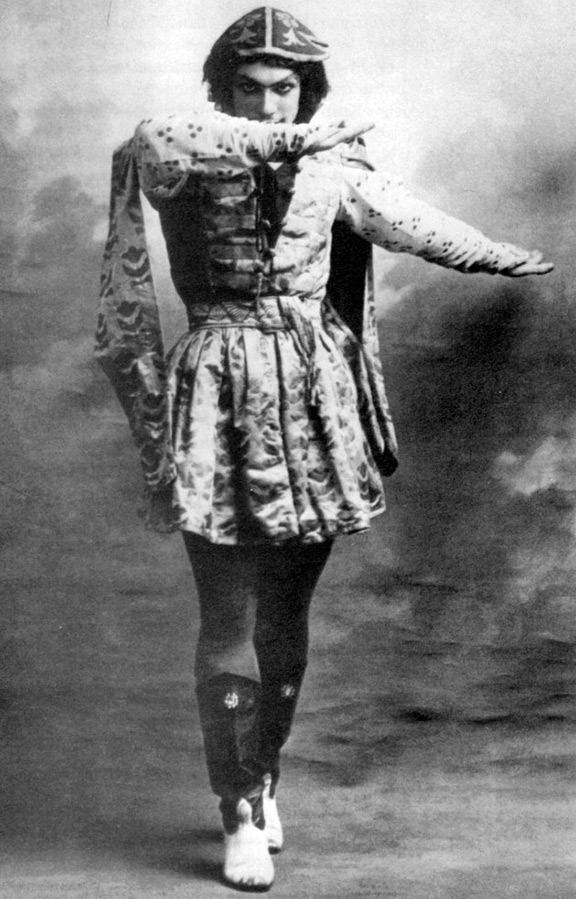
Mikhail Fokin, a former student of the brilliant Marius Petipa, at the beginning of the twentieth century began to develop his own ideas of ballet choreography, which were very well combined with the ideas of S. Diaghilev.
Among the outstanding artists who gathered around Diaghilev, the works of Lev Bakst won special worldwide recognition. In the magazine "World of Art" Bakst was the main graphic artist. After graduating from the Imperial Academy of Arts, the artist painted portraits and landscapes, and then became interested in scenography. Already in 1902, he began to design the scenery for the Imperial Theater, and already here he showed himself as a talented innovative artist.
Bakst was passionate about scenography, he pondered a lot about how to make a ballet capable of expressing thoughts and feelings. He traveled in North Africa, was in Cyprus, in Greece, studied the ancient art of the Mediterranean. Lev Bakst got acquainted with the works of Russian art researchers, knew well the works of Western European artists.
Just like Mikhail Fokin, he followed and strove for the emotional content of the performance. And to convey feelings and emotions, he developed his own theory of color, which made fireworks in the "Russian Ballet". Bakst knew where and what colors could be used, how to combine them in order to convey all emotions in ballet and to influence the audience through color.
Bakst created luxurious sets and costumes, and at the same time, Vaslav Nijinsky conquered the audience with his dance, he made hearts flutter. A reviewer of the French newspaper Le Figaro wrote that "... love for oriental art was brought to Paris from Russia through ballet, music and scenery ...", Russian actors and artists "became intermediaries" between East and West.
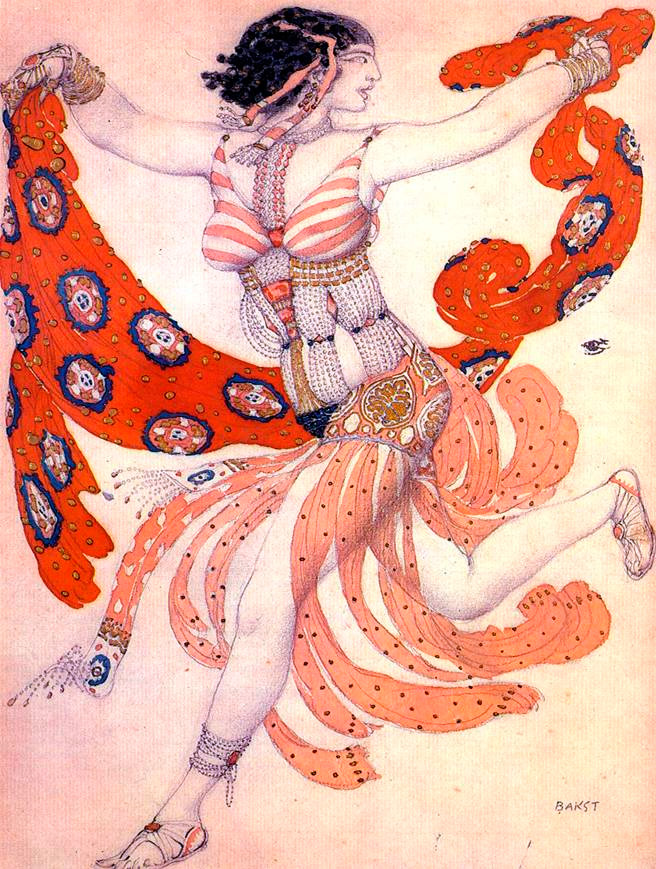
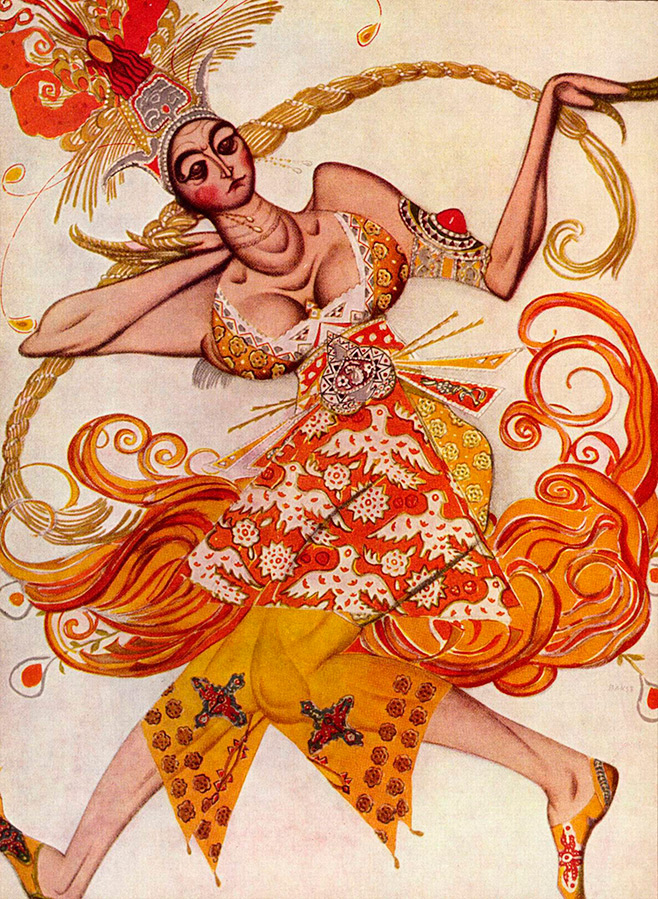
Most Europeans, both then, as well as now, considered Russia a part of the East. On the stage there was music by Russian composers, sets by Russian artists, librettos, costumes and dancers - Russians. But composers composed the accords of Asian music, while Bakst, Golovin, Benois and other artists depicted the pyramids of the Egyptian pharaohs, the harems of the Persian sultans.
On the stage there was a combination of West and East, and Russia was both at the same time. As Benoit said, from the first performances he felt that the "Scythians" presented in Paris, the "capital of the world", the best art that hitherto existed in the world.
The fireworks of colors of the Russian Ballet made us look at the world with different eyes, and this was accepted by the Parisians with delight.
Prince Pyotr Lieven wrote in his book The Birth of Russian Ballet: “The influence of Russian ballet was felt far beyond the theater. Fashion creators in Paris included it in their creations ... "
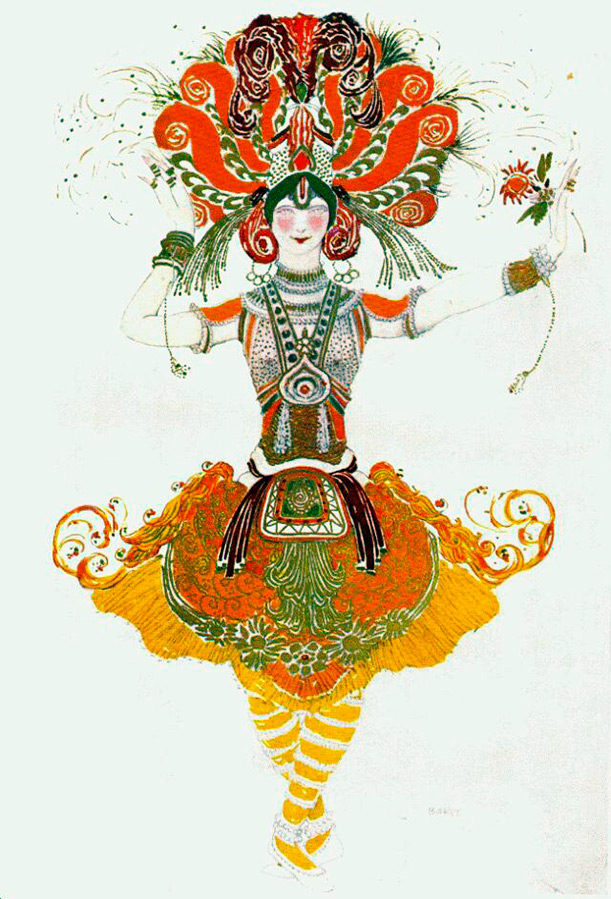
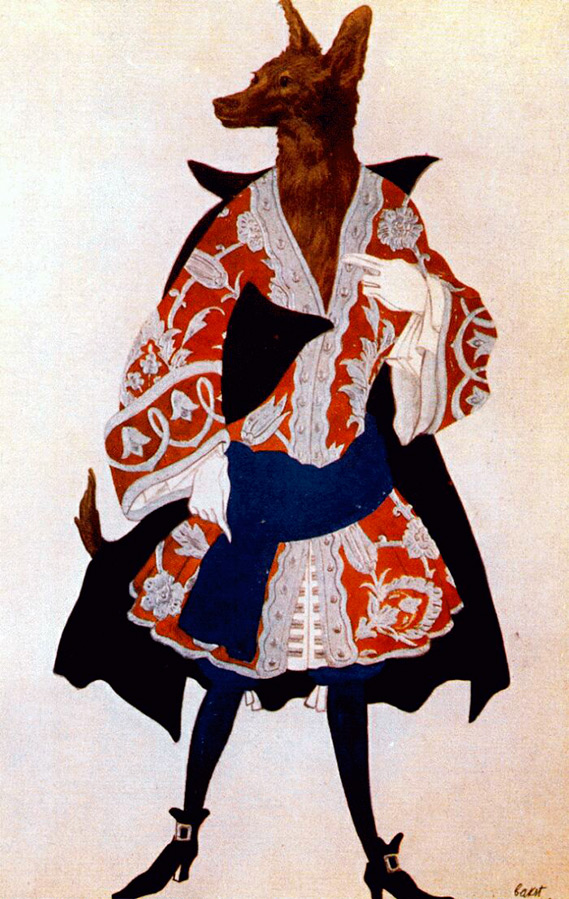
The costumes of the "Russian Ballet" contributed to a change in the woman's real life, the release of her body from the corset, and provided her with greater mobility. Photographer Cecil Beaton later wrote that after the performances the next morning, everyone found himself in a city drowning in the luxury of the East, in flowing and bright outfits that reflected the new and fast pace of modern life.
The new fashion has also touched upon men's images. Although they did not change into harem pants and turbans, but some rugged elegance with a high collar and top hat went out of fashion for men, a new silhouette appeared - a narrow torso, a high waist, low collars and bowlers, almost pulled over the eyes.
The new images and silhouettes attracted the attention of fashion designers who began to study the work of Bakst and other artists of the Russian Ballet. And Paul Poiret went to Russia in 1911-1912, where he met with Nadezhda Lamanova and other Russian fashion designers, and recognized the influence of Russian fashion.
Designers and textile artists to this day remember and play out variations on the theme of "Russian seasons". Fashion designers return to the images of bright exoticism, motifs of folklore, to Russian, Indian or Arab traditions of ornamentation. They skillfully vary the cultural forms of the East, connecting it with the West. The unification of European and Russian cultures took place under the banner of Russian artistic traditions.
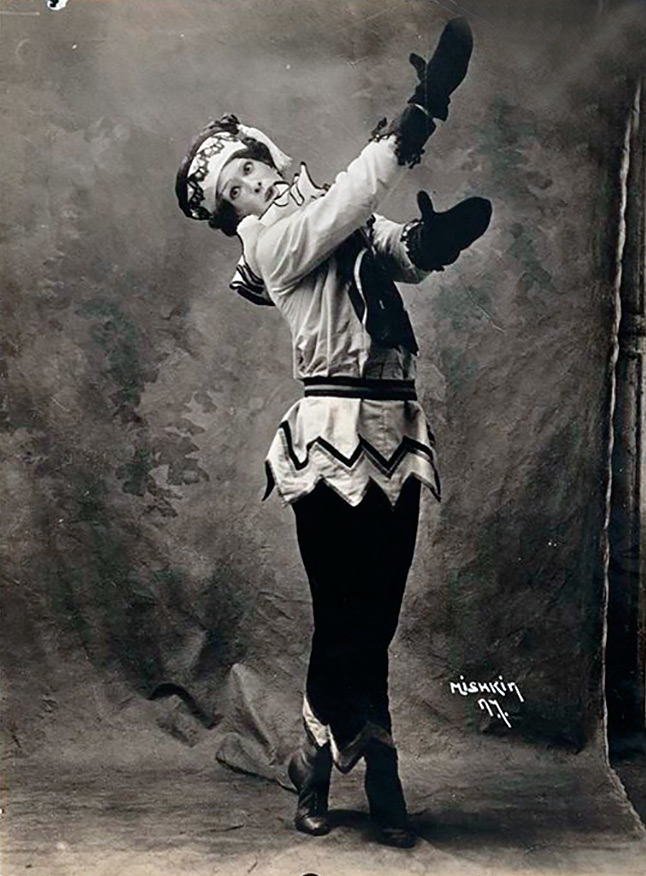
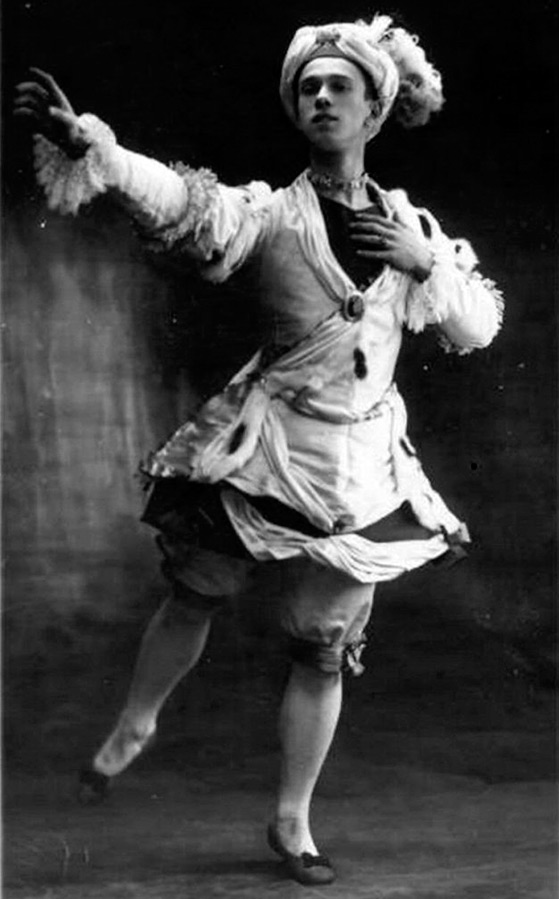
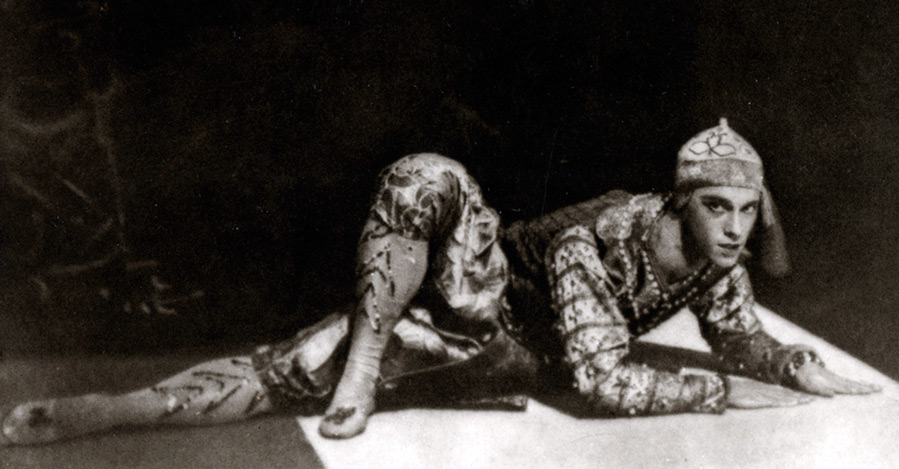
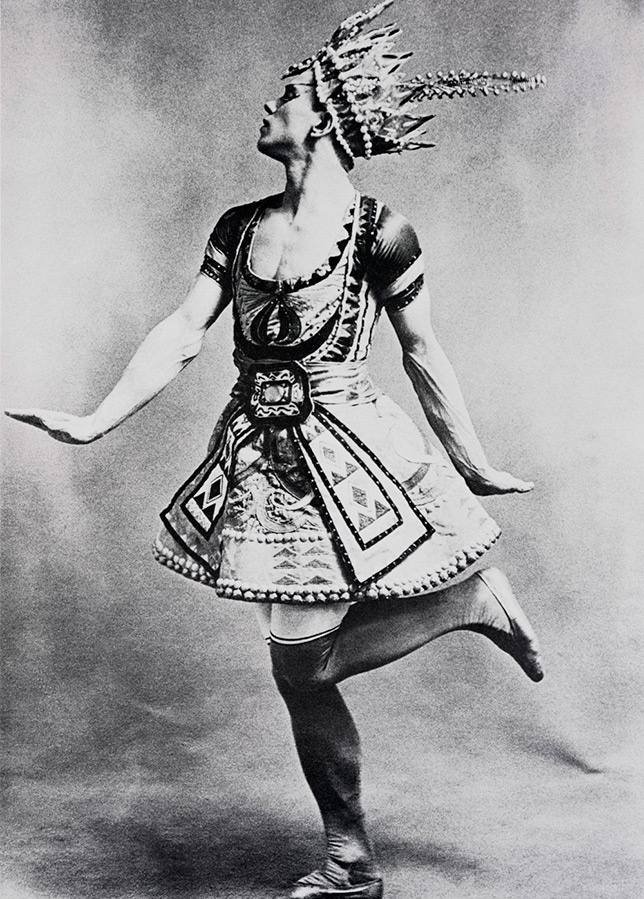
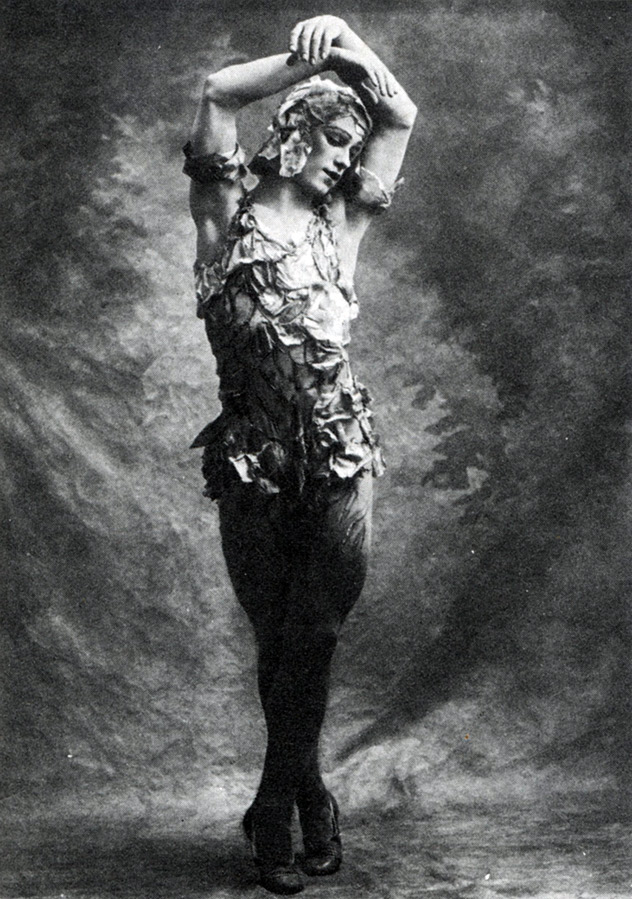
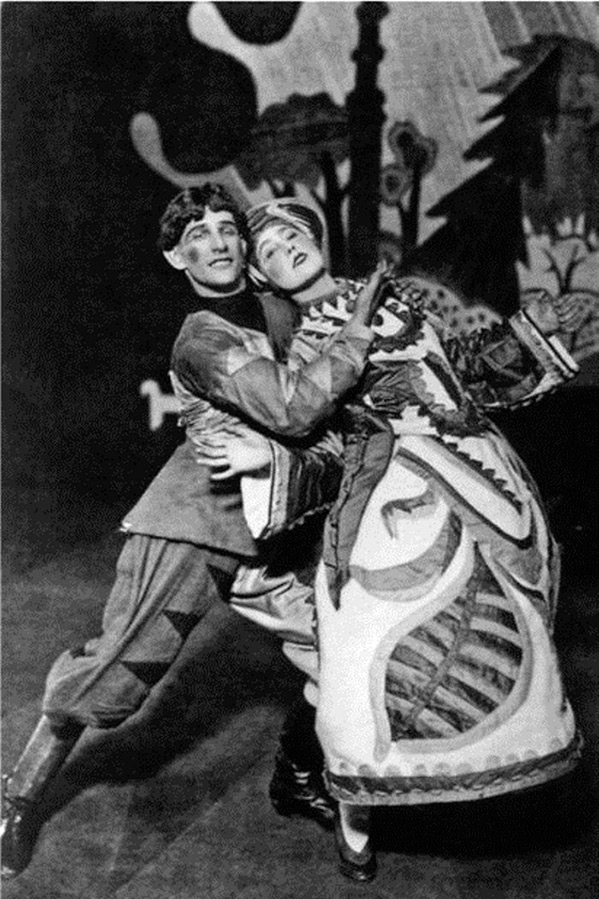
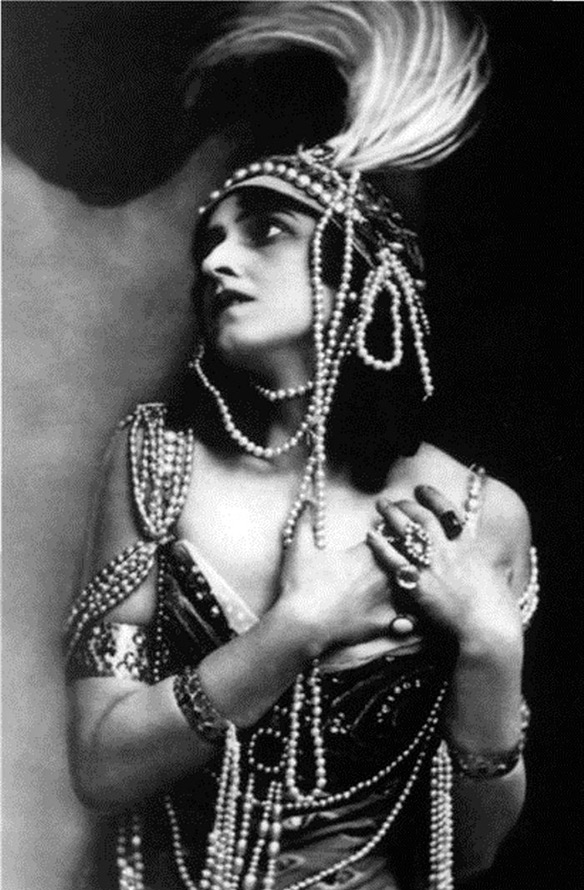
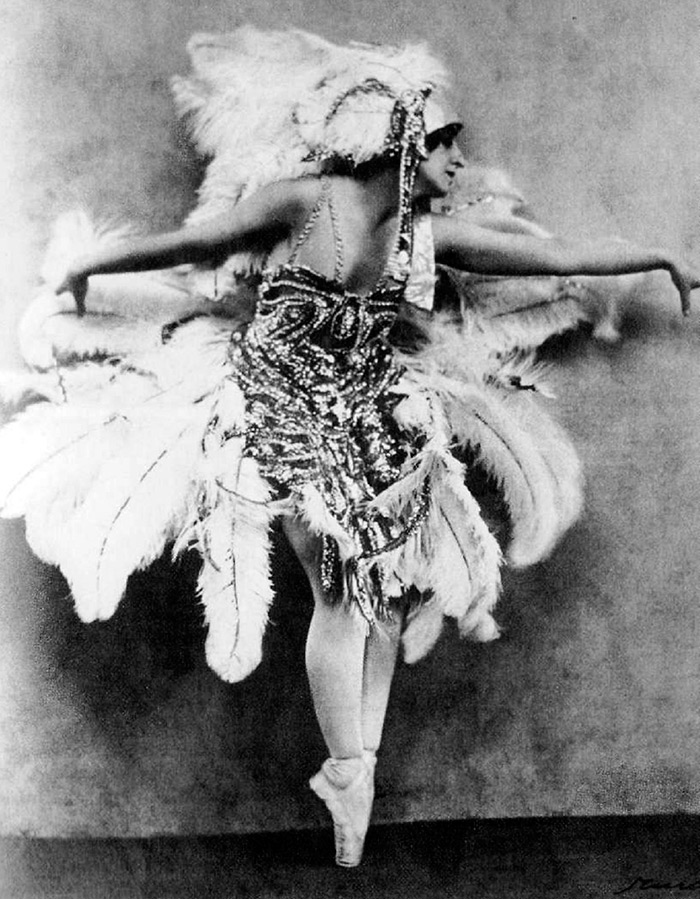
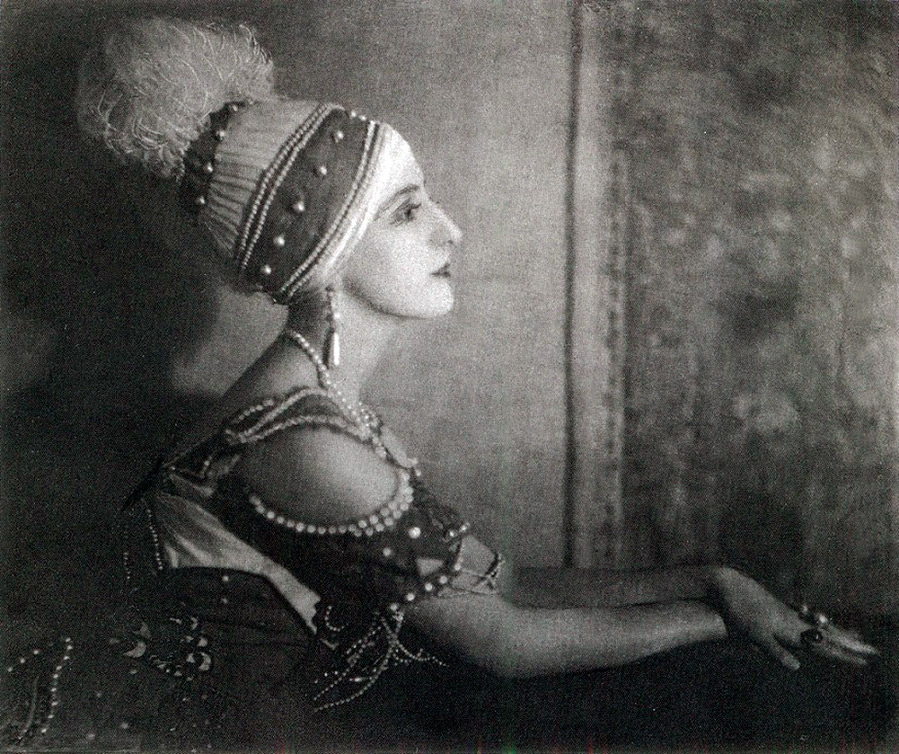
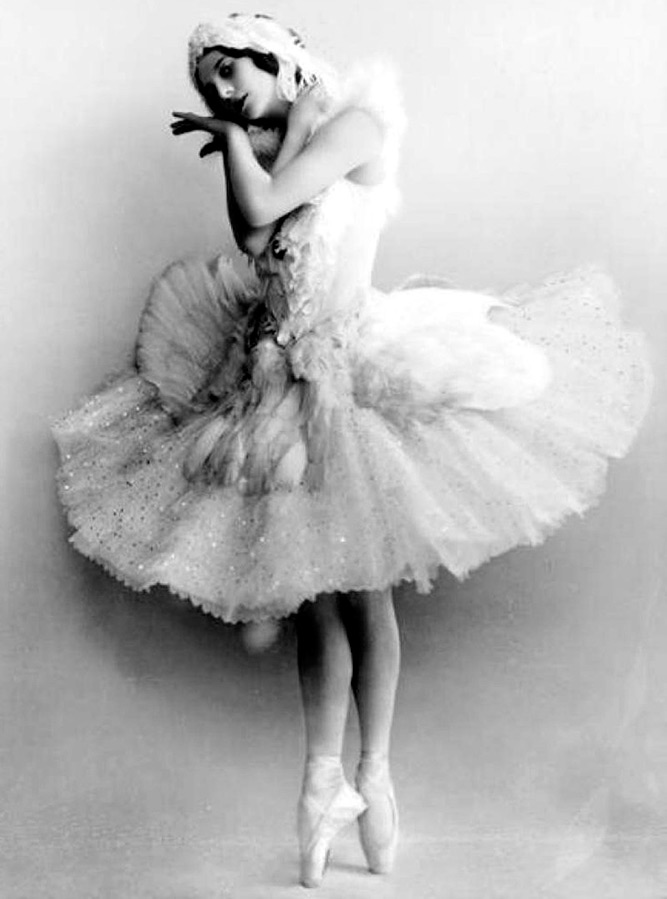
Comments and Reviews
Add a comment
Rating news
Shades of clothing that make women look younger
What shades of hair make women younger: rules and photos
Funny wedding dresses - photos and ideas
12 most expensive down jackets for the winter
How to look 25 at 40: tips from supermodels
Beautiful schoolgirls
Anti-aging haircuts and hairstyles for women
Fashionable skirts for autumn and winter
Fashionable women's trousers for the cold season
Fashionable and stylish sandals for summer 2024
Spring-summer 2024
 Fashionable dresses and tops with thin spaghetti straps
Fashionable dresses and tops with thin spaghetti straps
 Bandana tops: how to wear stylishly and beautifully
Bandana tops: how to wear stylishly and beautifully
 How to put together the perfect men's wardrobe for the summer
How to put together the perfect men's wardrobe for the summer
 Trendy shorts for spring-summer 2024
Trendy shorts for spring-summer 2024
 Fashionable skirts for spring-summer 2024: a guide to online shopping
Fashionable skirts for spring-summer 2024: a guide to online shopping
 The most fashionable dresses spring-summer 2024: styles and colors
The most fashionable dresses spring-summer 2024: styles and colors
 Fashionable total look 2024: image ideas and trends
Fashionable total look 2024: image ideas and trends
